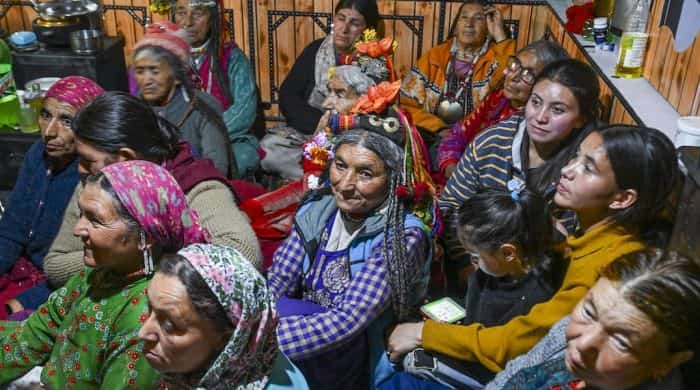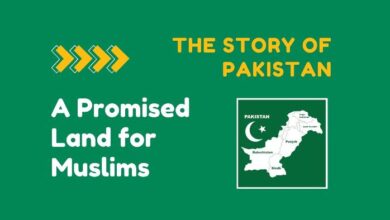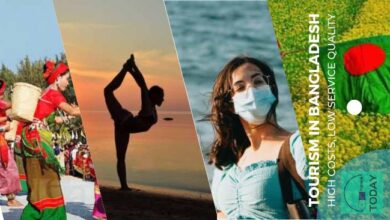Ancient Origins in a Divided Land: The Story of India’s Brokpa People

High in the icy heights of the Indian Himalayas, the Brokpa people of Ladakh preserve myths of migrations from distant lands thousands of years ago. Their identity, however, lies in a contested region, complicated by the political climate of today.
With no written language, the Brokpa culture is sustained through song, polygamy, and unique calendar traditions. Their cherished ballad, the “song of history,” gains a new verse every 12 years—each cycle counting as a single “year” in their timekeeping.
Tsering Gangphel, an 85-year-old elder, recounts Brokpa legends suggesting ancient Roman origins. Others in the community trace their ancestry to the army of Alexander the Great, who reached the region in the fourth century BCE. Though scientific studies link Brokpa DNA to southern India, Gangphel remains steadfast in the Brokpa origin story, celebrating their heritage with dances and songs every three years.
Validate their hold
“We are Aryans,” Gangphel affirms, a term that today stirs political and cultural debate. While the ancient Sanskrit word “Aryan” signifies “noble” or “distinguished,” right-wing Hindu groups have adopted it, using the term to claim Indian origins for an “Aryan” identity. This association has also played into India’s tourism marketing, with the Brokpa’s homeland promoted as the “Aryan Valley” and the “Last Aryan Villages of India.”
Both Countries Claim the Region as Their Own
Brokpa yak herder Tashi Namgyal gained national recognition in 1999 after spotting “Pakistani intruders” in Indian-controlled territory, sparking a 10-week conflict between India and Pakistan. His actions, praised by the Indian army, underscore the region’s tensions, where both nations claim Ladakh.
Mona Bhan, a Brokpa expert at Syracuse University, notes that while the Brokpa use the term “Aryan” to celebrate their culture, it has also been employed to reinforce India’s stance in disputed territories.
The Brokpa Community navigates a changing World:
Traditional earth-and-wood homes are increasingly replaced by modern materials, and traditional gods are often combined with other spiritual beliefs. In India, many Brokpas are Buddhist, while in Pakistan, Islam has become prominent. Sangay Phunchok, a 43-year-old lama, has seen local traditions adapt as newer beliefs take hold.
Gangphel remains committed to preserving Brokpa ways. “We still pray to our own gods,” he says, though some practices, such as goat sacrifices, have ceased, as their lama has declared it “a sin.”




